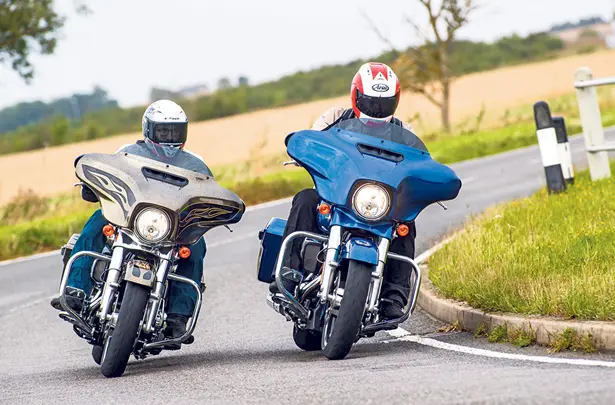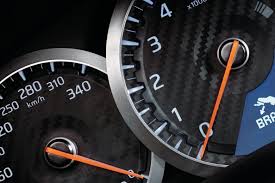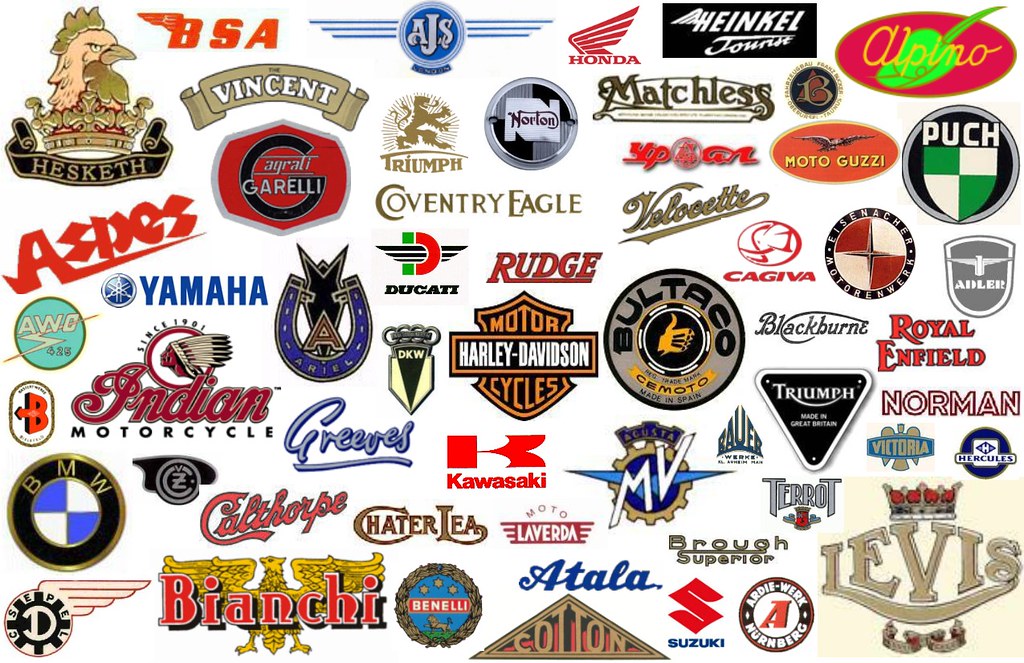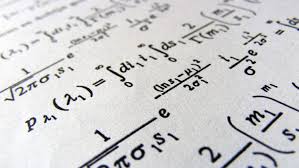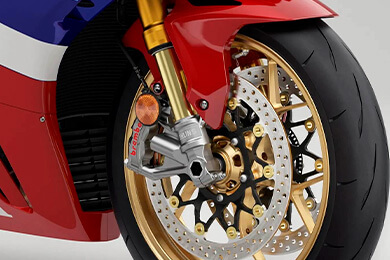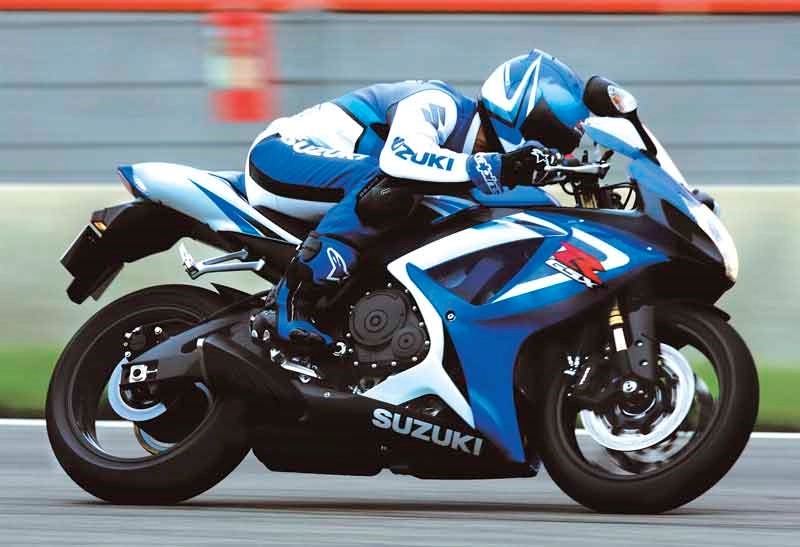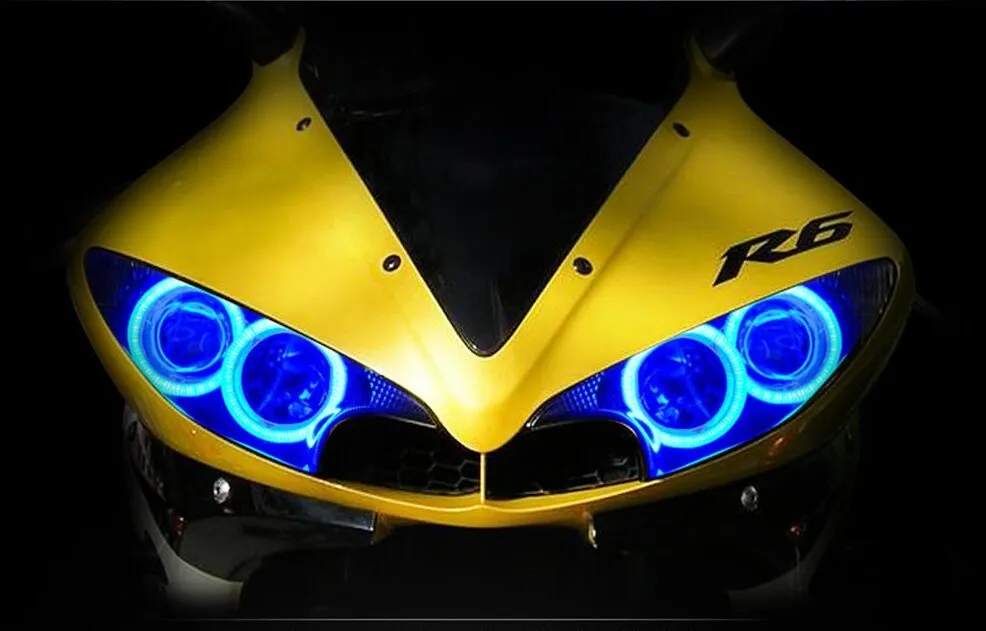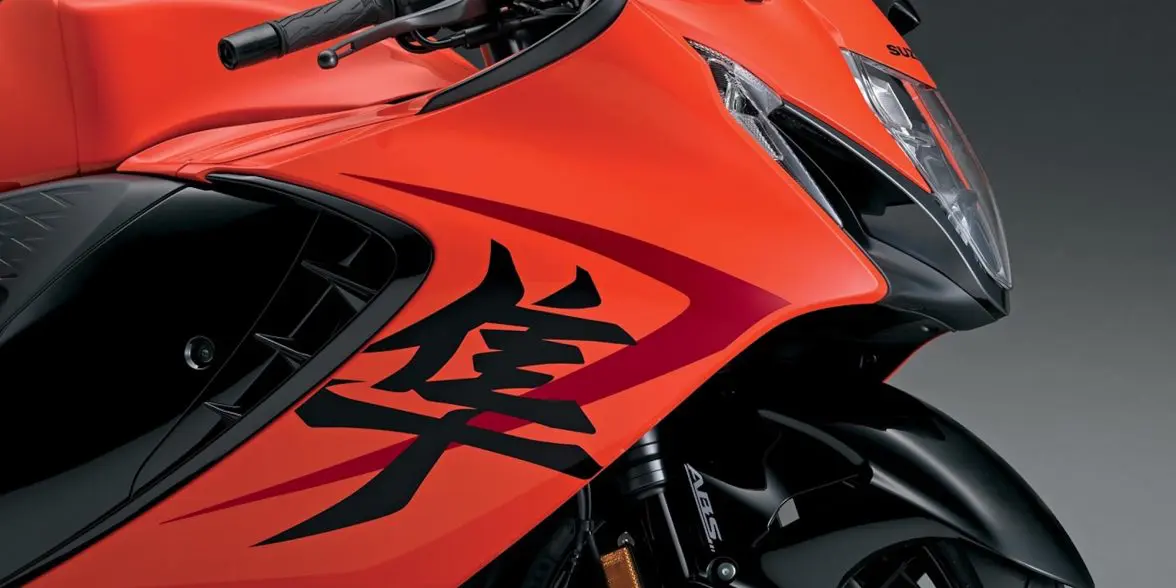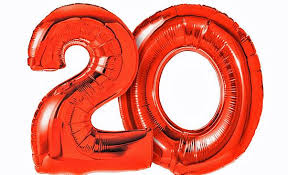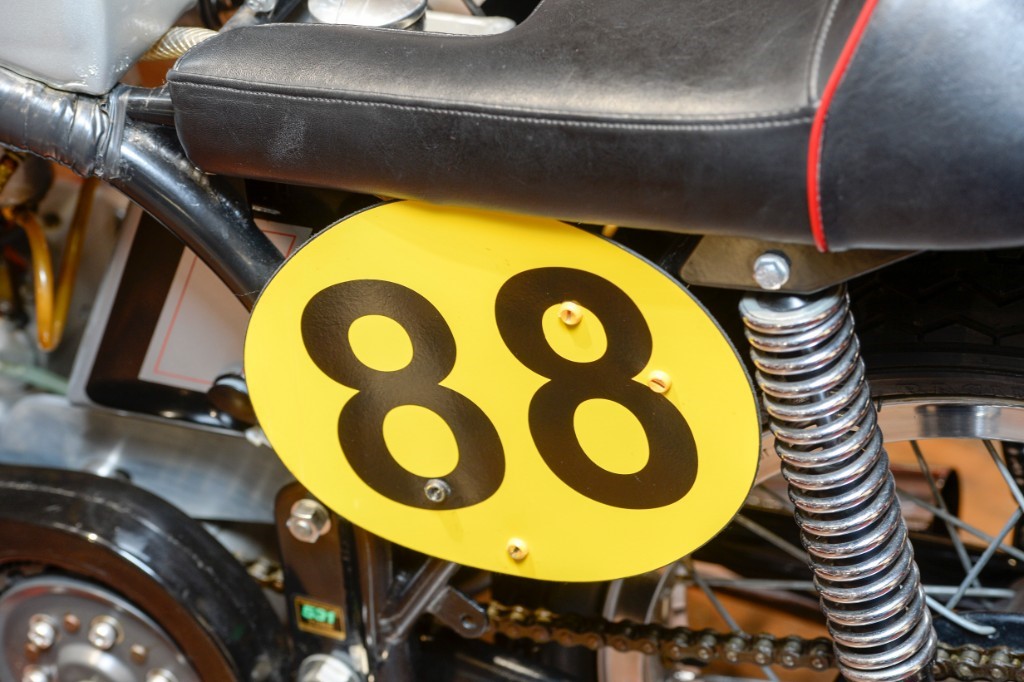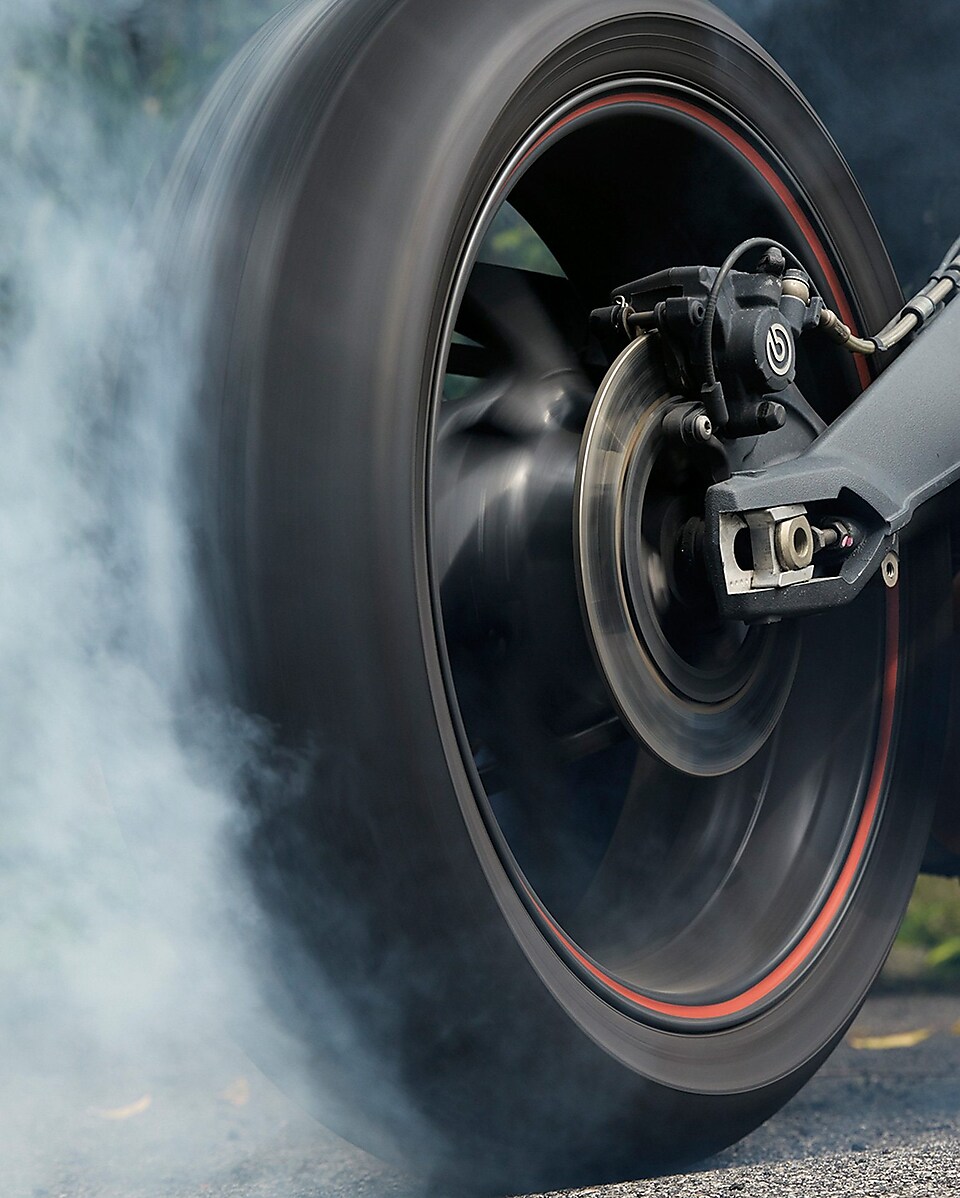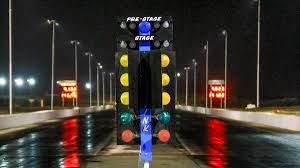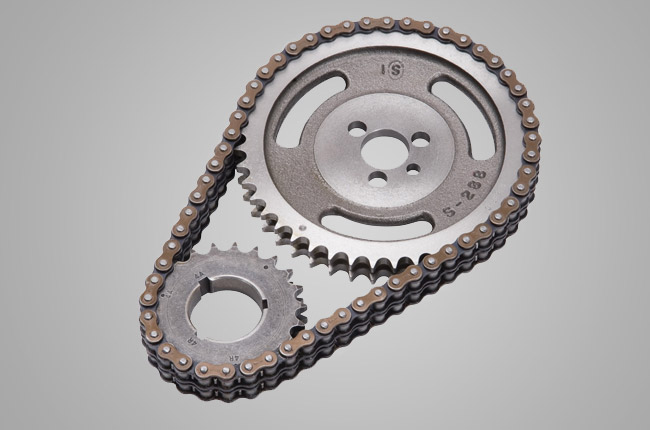
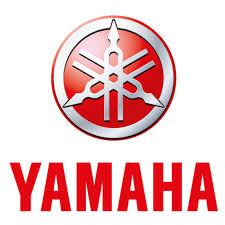

This edition of the Yamaha SR 400 SOHC is the 5 speed / Manual version and was first brought out in 2016. This was at around the same time as the introduction of the 2016 Yamaha XSR 700 Twin and the 2017 Suzuki SV 650 Scrambler.This particular Yamaha SR 400 has a 399cc Air cooled, Two stroke, Wankel Petrol powerplant with 1 cylinders and Electronic Fuel Injection.
The 2016 SR 400 shares its Wankel engine and Standard style configuration with the likes of the 1989 Suzuki GS 500 E and the 1966 Norton Dunstall 750. Alternatively, if you're looking for other bikes which share the SR 400's Standard style with a similar size of engine then how about the 1997 Suzuki GW 400 Inazuma | 1997cc.1988 Suzuki TV 250 Wolf | 1988cc.
Weighing in at 174 kgs (383 lbs) this makes the Yamaha SR 400 SOHC in the same weight category as the 2025 Suzuki SV 650 ABS or the 2025 Kawasaki Z 900 DOHC, give or take 50kg.
In terms of power the 399cc 2 valve Wankel 1 cylinder engine produces 22.93 bhp (17 kW) @ 6500 rpm similar to the 2025 Honda MSX 125 Grom [9.6 bhp (7 kW) @ 7250 rpm] or the 2025 Yamaha WR 250 F [36.1 bhp (26 kW) @ 12000 rpm].
The SOHC Two stroke unit throws out torque of 20.2 lb-ft (27.3 Nm) @ 3000 rpm placing it alongside motorbikes of similar performance figures such as the 2025 Honda MSX 125 Grom [7.6 lb-ft (10.4 Nm) @ 5500 rpm] and the 2024 Suzuki GSX-S 125 DOHC [8.1 lb-ft (10.9 Nm) @ 8500 rpm].
If one combines the weight with power or torque performance for the Yamaha SR 400 you can get a better idea of it's real world performance.
The 2016 Yamaha SR 400 SOHC has a Power to weight ratio of 131.7 bhp per ton and 116.0 lb-ft per ton. Bhp Per Ton figures of the 2016 SR 400 competing with the 2014 Honda CRF 250 L [156.4 bhp\ton] and the 2012 Honda CRF 250 L [156.4 bhp\ton].
If you agree with the late great Carroll Shelby, then arguably an even better indicator of potential performance is Torque. Factor weight into the equation and you end up with - Torque per ton, with the Yamaha SR 400 generating around 116.0 lb-ft per ton. If you're curious as to what other motorbikes have as much torque to weight then look no further than the 2013 Honda XRE 300 Single Cylinder [140.9 lb-ft per ton] and the 2016 Honda XRE 300 Single Cylinder [140.9 lb-ft per ton].
With a 0-60mph time of 28.1 secs or a 0-100km/h (0-62mph) of 28.7 secs, this makes the Yamaha SR 400 SOHC similar in acceleration to the 2014 Yamaha SR 400 SOHC (28.1 secs) and the 2013 Yamaha SR 400 35th Anniversary Edition (28.1 secs). This Yamaha SR 400 SOHC also competes in terms of 0-60 mph and 0-100km/h with the 2018 Honda CB 250 R Neo Sports Cafe (0.0 secs) and the 2020 Norton Superlight SS (0.4 secs).
![Yamaha SR 400 SOHC - [1985] image Yamaha SR 400 SOHC - [1985] image](/editionimages/b/default.jpg)
Quarter Mile time is a close race between the 2016 Yamaha SR 400 SOHC and the 1985 Yamaha SR 400 SOHC
When talking about the performance of the 2016 Yamaha SR 400 SOHC on the drag strip it can reach a quarter mile in an estimated 16.7 secs @ 0 mph. Bikes with a similar performance down the quarter mile can be found in the 1985 Yamaha SR 400 SOHC (16.7 secs) and the 1985 Yamaha RD 125 LC YPVS (16.7 secs).
The 2016 version of the Yamaha SR 400 SOHC has a maximum speed of 80mph.
If maxing out your bike on the AutoBahn is your thing and you're wondering what's faster at the top end than the 2016 Yamaha SR 400 SOHC then how about a 2020 Honda CBR 300 R (91 mph) and the 2018 Honda CBR 300 R (91 mph).





